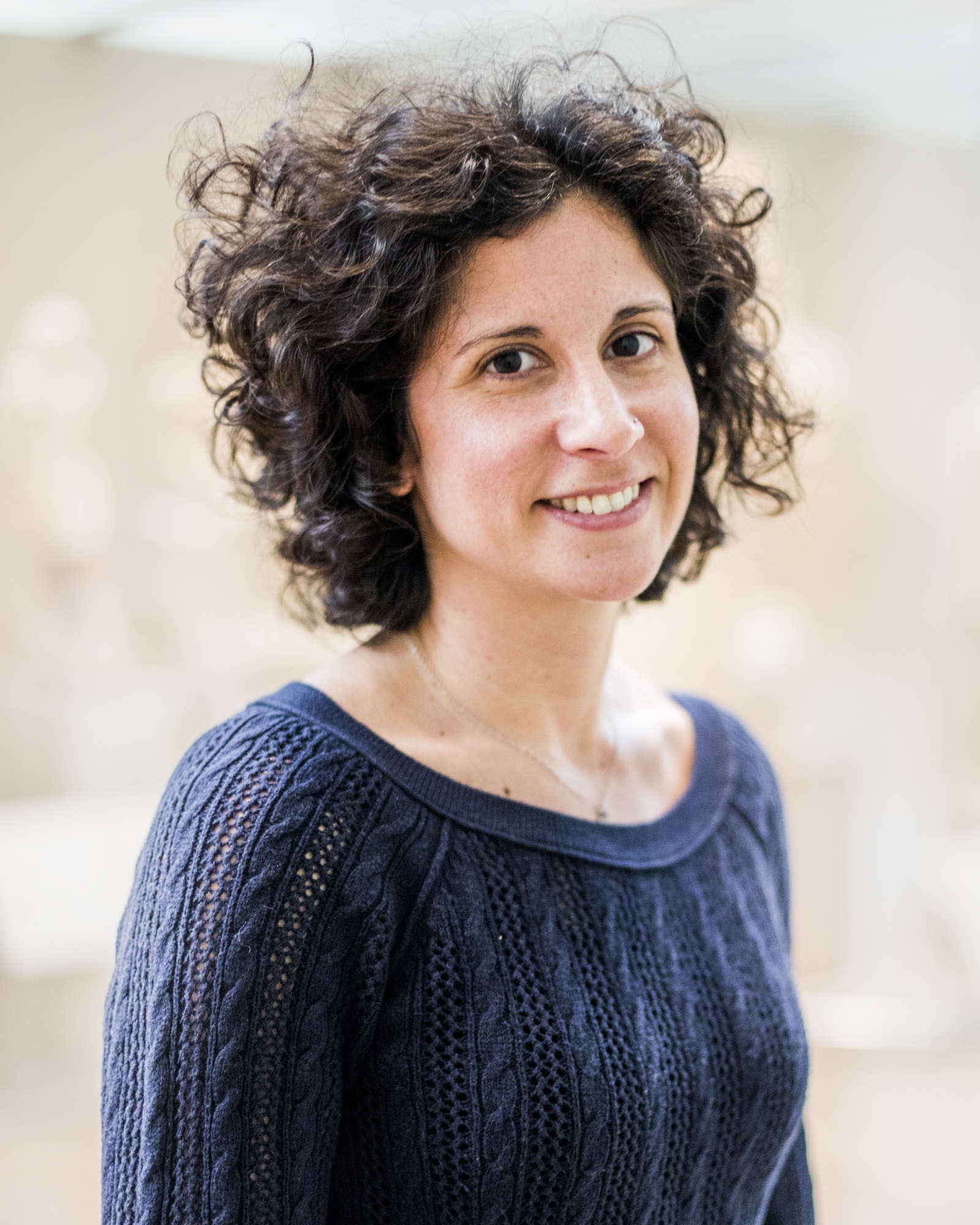Affiliation: College of Charleston

Dr. Tara Prakash is an Assistant Professor in the Department of Art and Architectural History at the College of Charleston. She received her B.A. from Tulane University and her M.A. and Ph.D. in the History of Art and Archaeology from the Institute of Fine Arts at New York University. She specializes in ancient Egyptian material culture. Her research interests include ethnicity and identity, foreigners in ancient Egypt and foreign interconnections, pain and emotions, and artistic agency. Her recently published book, Ancient Egyptian Prisoner Statues: Fragments of the Late Old Kingdom (Lockwood Press, 2022), is the first comprehensive study on the prisoner statues, a unique series of Egyptian statues that depict kneeling bound foreigners.
November 7, 2024 @ 7:30 pm
During the late Old Kingdom, six different pharaohs erected nearly life-size, limestone statues of kneeling, bound captives inside their pyramid complexes. These statues are commonly known as prisoner statues, and they were a major part of the monument’s decoration. This talk will focus on the prisoner statues of King Pepi I. These prisoner statues were highly unusual in two important ways. First, they portray generic foreign enemies rather than specific ethnicities, as is typical in Egyptian art. Secondly, the statues were never meant to remain intact; instead, Pepi I’s artists methodically decapitated and butchered them. In their decapitated form, Pepi I’s prisoner statues were ritual offerings and monumental images of the deceased king’s annihilated enemies.
Ancient Egyptian art was filled with emotion, but artists employed iconographic and compositional cues to visualize it rather than facial expressions. As a result, Egyptologists and contemporary viewers have largely failed to recognize these emotions and their significance. This talk will focus on one of the most common and enduring visual motifs from ancient Egypt: the pharaoh in the act of smiting his enemies. While scholars have extensively discussed the multiple layers of complementary and highly significant meanings that the scene had, they have dismissed the representation itself as banal and mundane. However, associated texts, gestures, and compositional details indicate that in these images the king and his enemies were acutely experiencing or displaying emotions, including rage, fear, and suffering, despite their expressionless faces. At the same time, the scene was intended to elicit particular emotional responses, such as joy and happiness, from ancient viewers. In this way, the smiting scene serves as a case study to investigate how Egyptian artists visualized emotions and the role of particular emotions in ancient Egyptian visual culture.
During the late Old Kingdom (ca. 2400–2150 B.C.E.), the Egyptian pharaohs had nearly life-size statues of kneeling, bound foreign captives erected within their pyramid complexes. Today two unprovenanced examples of these unique statues, which are known as prisoner statues, are in the Metropolitan Museum of Art while a third one is in the British Museum. All three arrived at these museums fully reconstructed and restored. In this lecture, I will discuss both the ancient and recent history of these statues. Archival documents and ultraviolet-induced luminescence imaging of the Met statues demonstrates the extent of the statues’ restoration and enables new conclusions on their original context and purpose. In the late Old Kingdom, the ancient Egyptians had intentionally broken these prisoner statues into pieces. This talk will retrace the journey of the pieces around the world and consider when, how, and why they were put back together.
During the Nineteenth Dynasty (ca. 1292-1191), King Ramses II tried to reestablish Egyptian control over the Syrian city of Kadesh, which the Hittites of Anatolia had conquered in the late Eighteenth Dynasty. He recorded the epic battle that he fought at Kadesh against the Hittite Empire and its allies in a series of reliefs, which he had carved onto temple walls throughout Egypt. These reliefs preserve multiple textual and pictorial accounts of Ramses’ struggle. In this lecture, I will consider how the Egyptians portrayed the Hittite king and his coalition in the Kadesh texts and images in order to shed light on both the Egyptian conception of foreigners and the purpose of these reliefs inside the Egyptian temple.
While pain may be something that all human beings encounter, the ways in which people react to and understand it are not universal. Indeed, culture strongly impacts the experience and expression of pain. This lecture will consider the ancient Egyptian conception of pain and the significance that pain had in Egyptian society and culture. Pain was frequently depicted in Egyptian art, but artists employed iconographic and compositional cues to visualize it rather than facial expressions. Moreover, the representation of pain was limited to certain contexts and individuals. This lecture will particularly focus on images of foreigners in pain, considering how and why the Egyptians depicted this and what other emotions were present in these images.